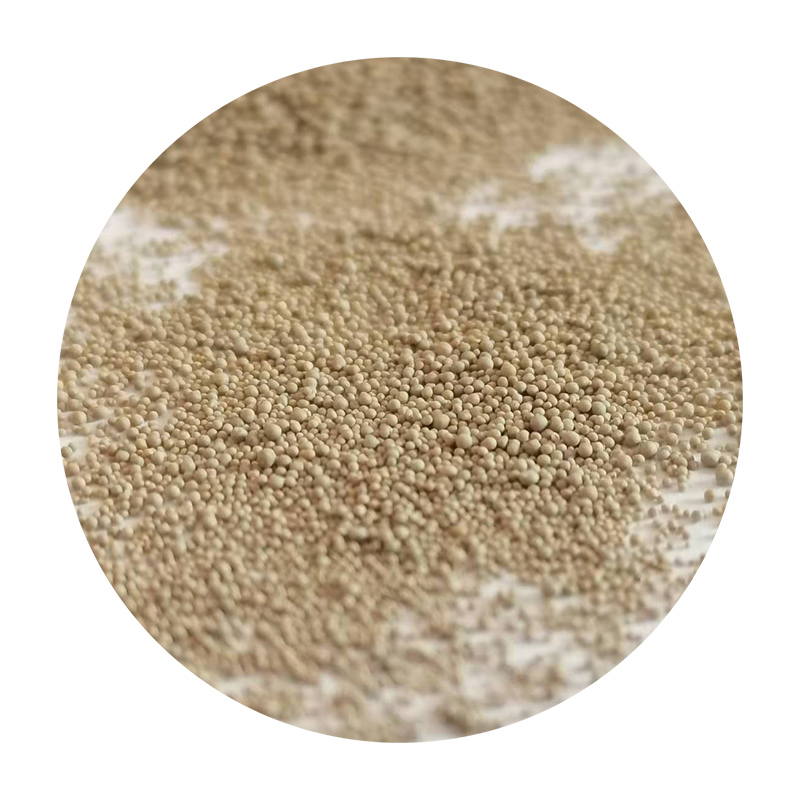

Coated sand must also meet high standards of authoritativeness. It should conform to industry specifications such as those outlined by the American Foundry Society (AFS) or the International Organization for Standardization (ISO). These standards ensure that the manufactured coated sand possesses the appropriate grain size distribution, thermal expansion properties, and mechanical strength required for rigorous industrial applications. Consistent compliance with these standards reinforces the reliability and dependability of coated sand products among end-users. Trustworthiness is paramount in the supply and use of coated sand. Manufacturers of coated sand are expected to conduct stringent quality assurance processes, ensuring each batch meets the requisite standards before it reaches the customer. With a transparent supply chain and clear documentation, users can trace the origin and the manufacturing process of the coated sand. This level of transparency builds trust and assures customers of the coated sand’s efficacy and consistency in their production processes. In conclusion, coated sand presents itself as an indispensable material in industrial manufacturing. Its integration into production workflows leads to enhanced operational efficiency and higher quality outputs. Professionals who understand the material's intricacies can leverage its benefits to optimize casting performance, while adherence to authoritative standards ensures reliable processes. With growing environmental and economic pressures, industries are keen to adopt refined materials like coated sand that promise efficiency, waste reduction, and sustainable development. Post time:თებ . 13, 2025 13:48
Next:sand casting sand
